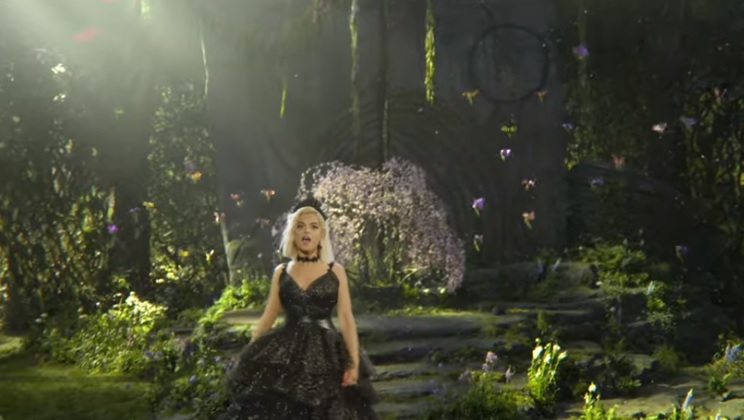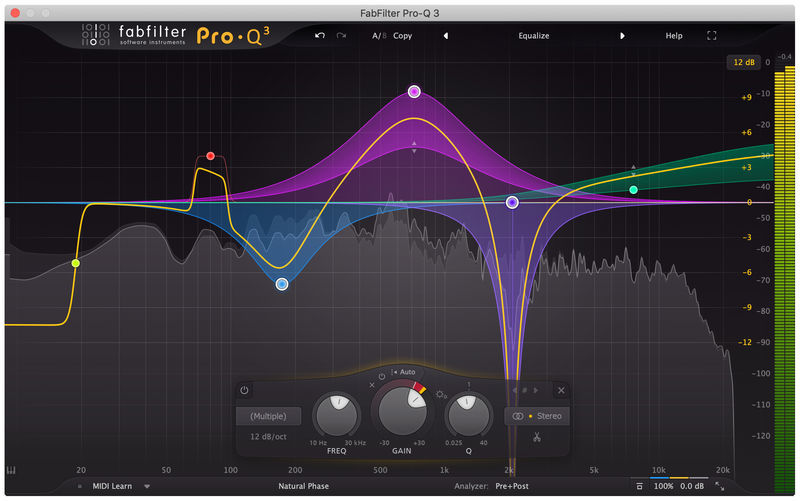Haven’t you noticed that lately in urban music EVERYTHING is full of xylophones?
They have become the centre of urban music, they have been in the most commercial tracks for a few years now. Who would have thought that such a random instrument would end up being considered so important in commercial music? As boring as it seemed (at least to me) in music classes at school, and look at it now where it is. What is it about this peculiar sound of the vibes?
But seriously: what’s wrong with the producers with this sound?
Or is it the artists and singers who are asking the producers for this sound? Or is it the public that demands it? Here’s what’s really going on with this vibes revolution. But first of all, what are vibes?
Explaining myself
In Anglo-Saxon terms the word “vibes” would mean vibrations, but in terms of instruments it is understood as the vibraphone (an instrument similar to a xylophone but huge and with blades made of metal and not wood). In urban music, this word is usually associated with the sound of different instruments of a similar category.
Within the vibes we could include xylophones, marimbas, steel drums, hangs and other Afro-Caribbean instruments whose popularity in Jamaican music, especially in genres such as calypso, precedes them. And this fame of the vibes has surpassed the frontiers of Spanish and English-speaking countries. Here are a couple of videos of these peculiar exotic instruments.
Origins: where do vibes come from?
As a musicologist, I can tell you that the xylophone is an instrument (specifically an idiophone) that was born as something very simple: a small support and some blades (both made of wood), and the latter were cut in different sizes and therefore had different tunings. It was born in Africa, but with the migrations of slavery to South America and especially the Antilles and the Latin American area, this instrument was transported to different areas of the American continent and spread rapidly, becoming more complex in its functioning, and obviously growing in size and possibilities, which gave rise to the marimba.
The marimba is therefore a replica of the xylophone, with a larger number of blades and different timbre possibilities. Nowadays, in the professional institutions of western music, the marimba is played with four mallets in order to make chords and melodies more complete and more practical.
Of course, in the tracks by J Balvin and Rosalia the vibes also appear, but here already at minute 2.

What is it about this sound that we love so much?
Among other things, what drives us crazy about the vibes are its harmonics and its variety of frequencies, which sound dry, very rhythmic and that moves us because it is at the same time a very melodic and very harmonic instrument, but it also suggests a very rhythmic pulse that makes us move.
The fact is…
… that human beings have had a close relationship with rhythm since their origins (there are different types of music that support this, such as the work music used by rural workers to cut firewood or by slaves to chop stone, obviously to follow the rhythm and work with a constant pulse) and this makes them feel an enormous complicity with respect to music.
Not only do these vibes have a purely rhythmic feel, but this element of rhythm is something that engages because of the dryness of the sound, but also because of the controlled, full bass, the full-bodied mids and the distinctive highs.
The sound of xylophones, marimba, etc., has very interesting resonances that make the timbre of the instrument very recognisable, special and above all the sound has the feeling of standing out in the mix due to its natural tone which is very noticeable on an acoustic level.
In Little Dicky’s Earth
They have made a very fat, full sound, because it catches the attention, but if we look very closely at the track what makes us fall in love with these vibes is that they have a very prominent resonance in each note, each chord sounds with distortion in a specific part of the frequency range, and that is what makes the sound so particular, it is heard at an adequate level but it gives the feeling that it stands out in the mix, it has an important presence and it is both rhythmic and melodic at the same time.
These kinds of components of tracks that succeed at such massive levels as this one (it already has 150 million views) testify that the imposition of these sonorities is not as arbitrary as we might think, but rather that these instruments fulfil several primary functions that are to be expected in music that demands as much power as urban music.
The case of reggaeton
And the fact is that music is searching for and finding itself, within this eagerness to reach new self-conceptions that revolutionise and transmute its previous state.
And this is wonderful, look at reggaeton.
After the success of some songs that had dembow and worked great in the market before 2000, someone thought: “hey, what if we slow this rhythm down a bit, add some percussion, give the percussive component strength and put a Latin-style rap on top of it?” And they got rich: there was Don Omar and Daddy Yankee, the initiators of the genre.
After this it was realised that, although the rhythm moved people, perhaps more melody and harmony needed to be incorporated, and reggaetón became more melodic, especially with the arrival of a small variation within the genre that we have come to call electrolatino, a music that brings together elements of different Latin genres such as cumbia or bachata with aesthetic aspects of reggaetón and other commercial Latin genres. And reggaetón grew and spread like wildfire.
Today, reggaeton continues to evolve relentlessly, now more focused on certain components similar to the old-school American approach to rap, i.e. take a cool sample and blast it by repeating it until it’s sickening.
What was once the seed of one of the most prolific alternative genres in history is now used for reggaeton, and this is precisely related to the success of very specific musical components such as vibes. How does this work? Here the samples that are usually used are the well-known “vocal chops”, samples of male and female human voices tuned in lower or higher octaves and distorted by means of different saturation plugins, together with some echoes, reverbs and a lot of effects that make the voice a spectacular hook.
They cut the voices and fillet them completely.
Then they put the pieces together to create a melody close to the aesthetics of minimal music, and with it they build a very random set of choppy melodies that weave very creative musical lines that engage.
This element is exactly the same as vibes: it is something that has been proven to work fully within this sort of sensory marketing that is commercial music, and we find it in some of the most popular tracks (to cite an example here below I leave you the track La respuesta Becky G ft Maluma).
If you look at this track the centre of it all is that vocal sample during all the second parts of the chorus…it’s brutal! It makes the difference between a track you’d listen to once and a track you’d listen to on loop like a lunatic. Just like this one we find many other strictly topical tracks in which this element proves to make you want to listen to the track constantly.
What about nostalgia?
Another way of interpreting the triumph of vibes is their role in West Indian music. The sound of the xylophone, marmba, etc, is often heard in very Caribbean songs, and the Caribbean (so to speak) is not a hard sell to an audience of city workers living between traffic lights and offices, because for the rest of the world the Caribbean is pure pleasure, tourism, disconnection, holidays, paradise.
On the other hand, sticking to the history of the origin of the vibes, Africa sells more or less the same image: nature, simplicity, roots. Listening to these vibes, the mind recreates natural landscapes, coasts, oases… it’s pure therapy.
In answer to the questions I asked at the beginning of this blog post
Producers, singers and audiences alike demand this peculiar sound of vibes, because it has proved to be a pulse that engages the listener, and that fully intervenes as a factor of probability of success in songs with a certain commercial ambition.
Do you have a good, dancey, commercial idea and want to convey it effectively? Maybe you should turn to vibes. In market research, tracks with this kind of sound have a very high percentage of sales. You also have to take into consideration that very specific musical aesthetics are built around it, and that is the reason why reggaeton has survived, because at the time it was revealed as a genre that sold constantly, and more and more people have turned to this style to convey their musical product. With trap, it’s more of the same, both of which have become sort of infallible success formulas.
So, are these vibes another standard that has been imposed on the market?
Obviously. If what you wanted is more xylophone sounds, don’t worry, you’ll have plenty of time because it’s not only what you want, it’s what the whole world is asking for day by day. The vibes don’t rest and will be around for a while ?
I hope you liked this little analysis of what a sound as simple as that of a xylophone can unleash in the commercial synergies of music consumption. If you liked the blog I invite you to comment below, I’d love to hear your views, as always I wish you the best music and I’ll see you next week!
I leave you some similar blogs and Remember that you can buy a rap, trap, dembow, pop, r&b, dembow, reggaeton… beat! A la carte.






